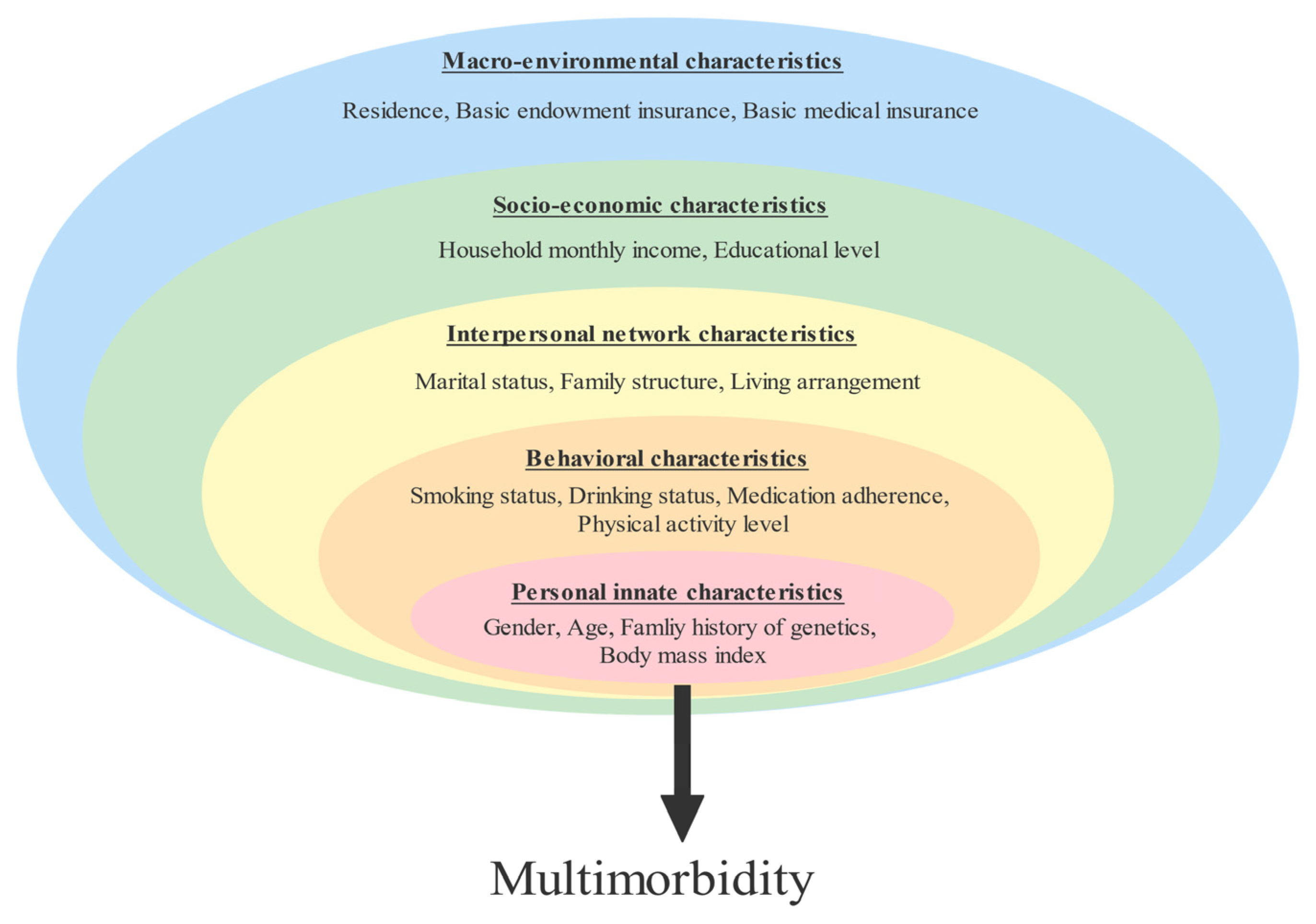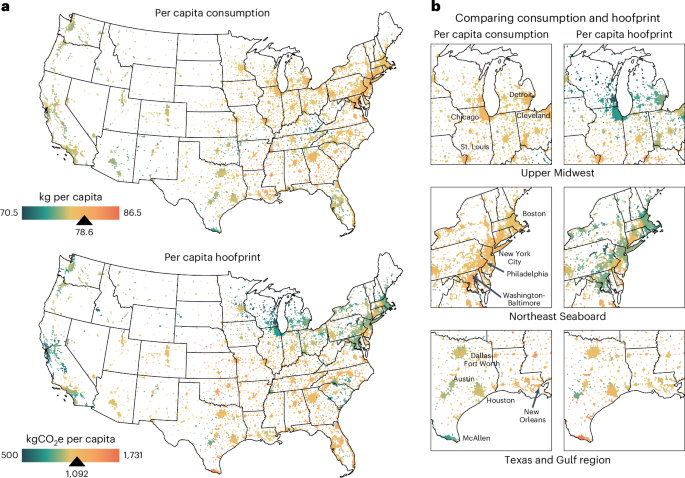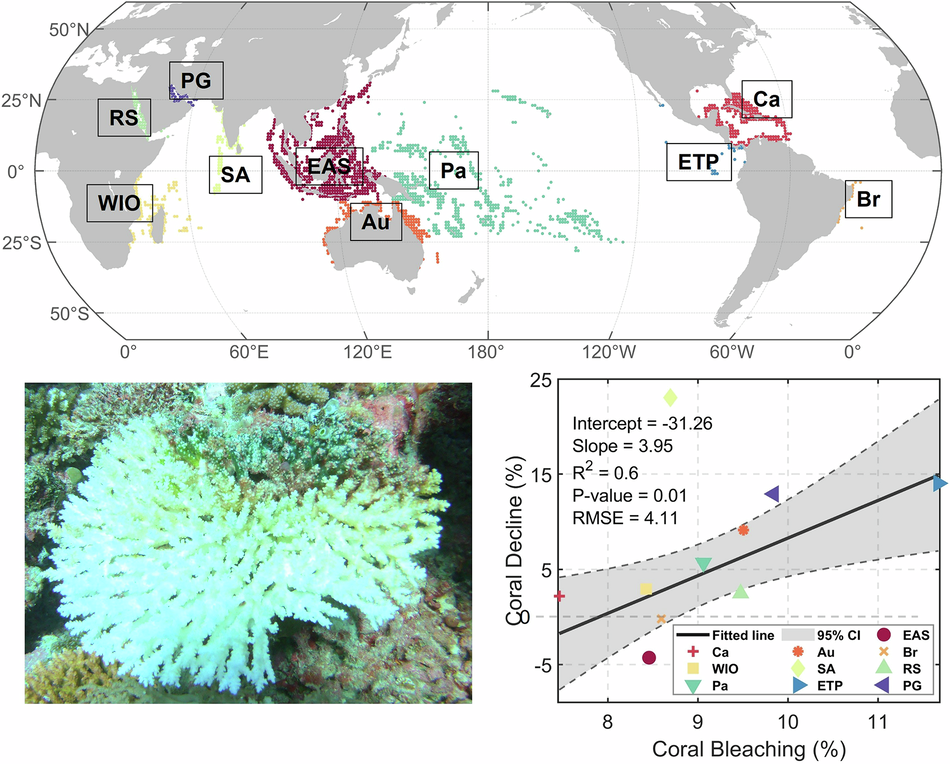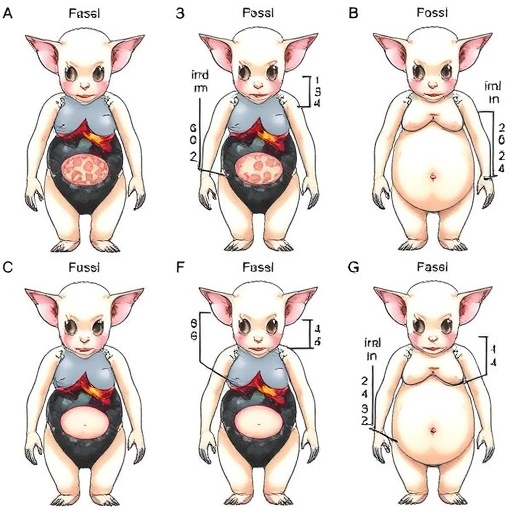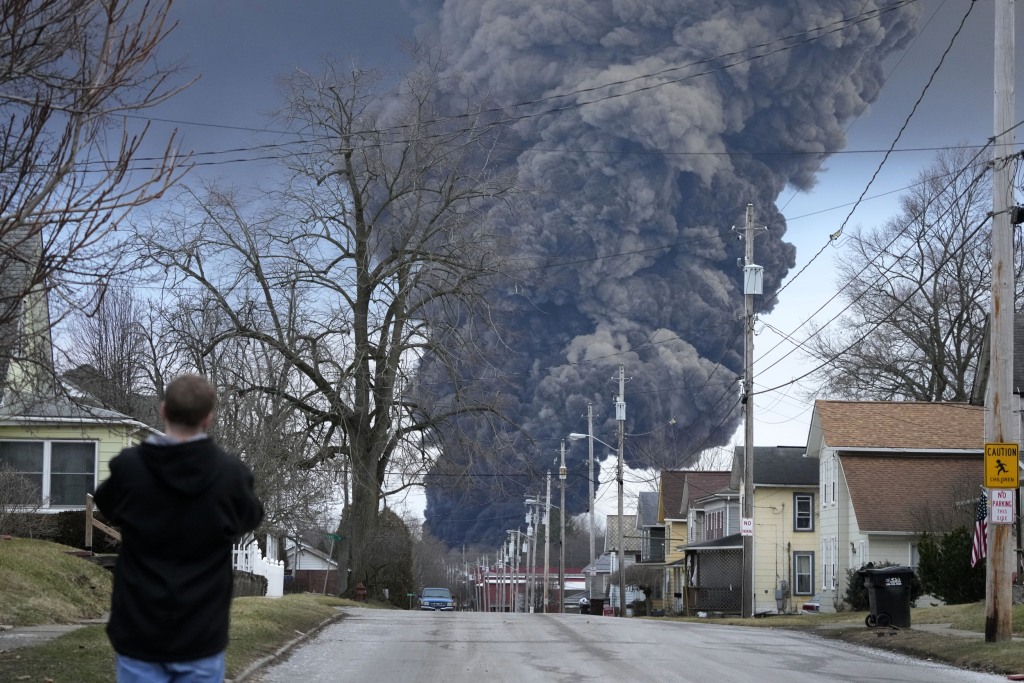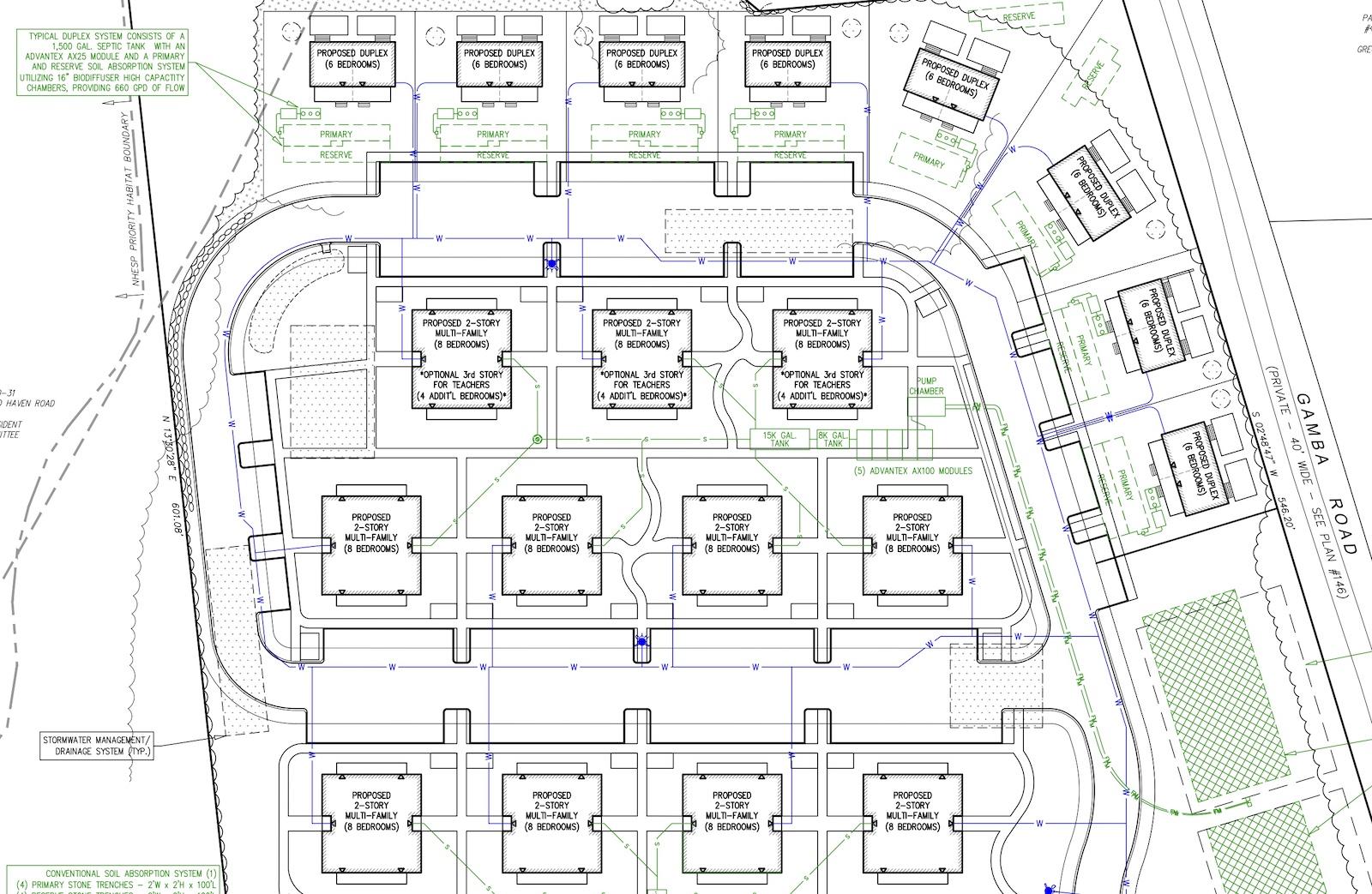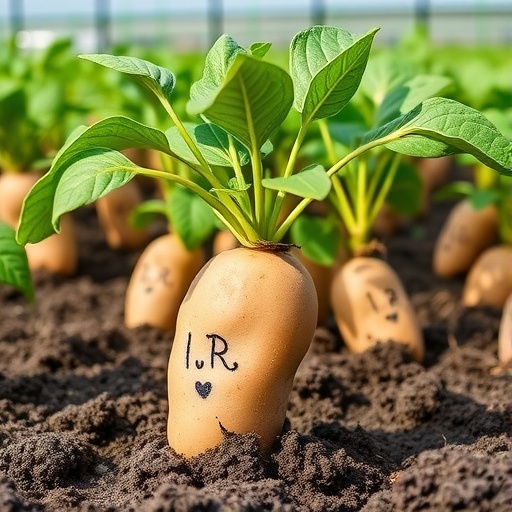How is the water supply during drought? – KJCT

Water Resource Management in Western Colorado Amidst Drought Conditions: A Report on the Ute Water Conservancy District and Sustainable Development Goals
Current Water Supply Status and Alignment with SDG 6
Despite extreme drought conditions in Western Colorado, the Ute Water Conservancy District reports a stable water supply for the current period. This stability is a testament to effective water management practices that align with Sustainable Development Goal 6 (SDG 6): Clean Water and Sanitation, which aims to ensure the availability and sustainable management of water for all. As of early July 2024, a peak demand season, the District’s primary storage, the Jerry Creek Reservoirs, were at 99% capacity. This high level of preparedness ensures a continuous supply for domestic customers.
- Water Treated in 2024: 3.4 billion gallons
- Reservoir Status (Early July): 99% full
- Peak Season: July, driven by higher temperatures and outdoor activities.
Water Source Portfolio and Climate Resilience (SDG 13 & SDG 15)
The District’s water management strategy demonstrates a commitment to climate adaptation and ecosystem preservation, reflecting the principles of SDG 13 (Climate Action) and SDG 15 (Life on Land). The primary water source is the Grand Mesa watershed, a critical terrestrial ecosystem whose health is integral to regional water security. With the seasonal snow runoff complete, the District is currently operating on stored water from its watershed portfolio, a key strategy for mitigating the impacts of drought.
The water collection and distribution process is as follows:
- Water originates in the Grand Mesa watershed.
- It is channeled through the Lower Molina Power Plant.
- It collects in the Jerry Creek Reservoirs for storage.
- The water is processed at a treatment plant before distribution to consumers.
Strategic Response to Extreme Drought and Future Outlook (SDG 11 & SDG 6)
The primary risk to the water system is the potential for consecutive years of extreme drought. Such events place significant stress on the watershed system and threaten the long-term water security essential for SDG 11 (Sustainable Cities and Communities). The District’s historical response to the back-to-back droughts of 2020-2021 serves as a model for future resilience planning.
During that period, the District implemented adaptive measures to maintain supply, directly supporting SDG 6 targets:
- Activation of Secondary Sources: For the first time in its 65-year history, the District blended its primary water from the Grand Mesa with secondary water rights from the Ruedi reservoir.
- Portfolio Management: This event highlighted the necessity of a diverse water source portfolio to meet customer demand during prolonged climate-related stress.
- Future Planning: The experience informs future strategy, with the upcoming year’s conditions being critical in determining the need to utilize the broader watershed portfolio again.
Recommendations for Sustainable Consumption
To ensure long-term sustainability and resilience, particularly if drought conditions persist, promoting responsible water use is paramount. The District emphasizes the importance of mindful outdoor water consumption by the public. This conservation effort is a critical component in achieving SDG 6.4, which calls for substantially increasing water-use efficiency across all sectors and ensuring sustainable freshwater withdrawals to address water scarcity.
Analysis of Sustainable Development Goals (SDGs) in the Article
1. Which SDGs are addressed or connected to the issues highlighted in the article?
The article on Western Colorado’s water supply and drought conditions addresses several interconnected Sustainable Development Goals (SDGs). The primary focus is on water management, climate impacts, and community resilience.
- SDG 6: Clean Water and Sanitation – This is the most central SDG to the article. The entire text revolves around the management of the local water supply, the quality and quantity of water in reservoirs, and ensuring access for domestic customers, which directly relates to ensuring the availability and sustainable management of water.
- SDG 13: Climate Action – The article explicitly links the water situation to climate-related phenomena such as “extreme drought,” hot temperatures, and lack of rain. The discussion about managing water resources in response to these conditions, especially the concern over “back-to-back drought years,” is a direct engagement with climate adaptation and strengthening resilience to climate-related hazards.
- SDG 11: Sustainable Cities and Communities – The article discusses the provision of water as a critical service for a community (“domestic water provider,” “customers’ water usage”). The efforts of the Ute Water Conservancy District to manage the water supply and mitigate the impacts of drought are actions aimed at making the community more resilient and sustainable, particularly in the face of water-related disasters.
2. What specific targets under those SDGs can be identified based on the article’s content?
Based on the specific issues discussed, several SDG targets can be identified:
- Target 6.4: By 2030, substantially increase water-use efficiency across all sectors and ensure sustainable withdrawals and supply of freshwater to address water scarcity and substantially reduce the number of people suffering from water scarcity.
- Explanation: The article highlights the need for this target by discussing the management of a finite water supply (“operating off of stored water”) and encouraging residents to be “mindful of how they use water outdoors to help save water,” which is a direct call for increased water-use efficiency to address potential scarcity caused by drought.
- Target 6.5: By 2030, implement integrated water resources management at all levels, including through transboundary cooperation as appropriate.
- Explanation: The Ute Water Conservancy District’s management of its “watershed portfolio” is a clear example of integrated water resources management. They manage water from the Grand Mesa watershed, store it in the Jerry Creek Reservoirs, and have a contingency plan to blend it with “secondary sources” from the Ruedi reservoir, demonstrating a comprehensive management strategy.
- Target 13.1: Strengthen resilience and adaptive capacity to climate-related hazards and natural disasters in all countries.
- Explanation: The article details the district’s adaptive strategy to the “extreme drought” of 2020-2021. By utilizing secondary water sources from the Ruedi reservoir for the first time in 65 years, they demonstrated an adaptive capacity to a climate-related hazard. The concern that “next year will be really telling” shows an ongoing process of assessing and strengthening this resilience.
- Target 11.5: By 2030, significantly reduce the number of deaths and the number of people affected and substantially decrease the direct economic losses relative to global gross domestic product caused by disasters, including water-related disasters, with a focus on protecting the poor and people in vulnerable situations.
- Explanation: The article focuses on managing the risk of a water-related disaster (drought) to prevent negative impacts on the community. The proactive management of reservoir levels and the use of secondary sources are measures to ensure the community is not adversely affected by water shortages, thereby building resilience to such disasters.
3. Are there any indicators mentioned or implied in the article that can be used to measure progress towards the identified targets?
Yes, the article contains several quantitative and qualitative indicators that can be used to measure progress:
- Indicator for Target 6.4 (Water-Use Efficiency & Supply):
- Total volume of water treated: The article states that “In 2024, they treated 3.4 billion gallons of water.” This figure serves as a baseline for total water supply and consumption.
- Customer water usage patterns: The mention that “Temperatures, being outdoors, things like that definitely influence our customers’ water usage” implies that tracking per capita or seasonal usage is an important metric for managing demand and efficiency.
- Indicator for Target 6.5 (Integrated Water Management):
- Reservoir water levels: The specific data point that the “Jerry Creek reservoirs at the beginning of July were sitting at about 99% full” is a direct indicator of the level of available water resources within the integrated system.
- Diversification of water sources: The use of “secondary sources” from the Ruedi reservoir during the 2020-2021 drought is an indicator of the implementation of an integrated and resilient water management plan.
- Indicator for Target 13.1 (Climate Adaptation):
- Frequency of use of secondary water sources: The fact that secondary sources were used in 2020-2021 for the “first time… in 65 years” is a powerful indicator of the severity of the climate-related event (drought) and the activation of an adaptation strategy. Future use would indicate recurring stress and test the limits of this adaptive capacity.
- Status of snow runoff: The statement that “Currently, there is no more snow run off” is a key indicator of the transition from natural water replenishment to reliance on stored water, a critical factor in drought resilience planning.
4. Summary Table of SDGs, Targets, and Indicators
| SDGs | Targets | Indicators |
|---|---|---|
| SDG 6: Clean Water and Sanitation | 6.4: Increase water-use efficiency and ensure sustainable withdrawals and supply of freshwater. |
|
| 6.5: Implement integrated water resources management. |
|
|
| SDG 13: Climate Action | 13.1: Strengthen resilience and adaptive capacity to climate-related hazards. |
|
| SDG 11: Sustainable Cities and Communities | 11.5: Reduce the impact of disasters, including water-related disasters. |
|
Source: kjct8.com

What is Your Reaction?
 Like
0
Like
0
 Dislike
0
Dislike
0
 Love
0
Love
0
 Funny
0
Funny
0
 Angry
0
Angry
0
 Sad
0
Sad
0
 Wow
0
Wow
0












